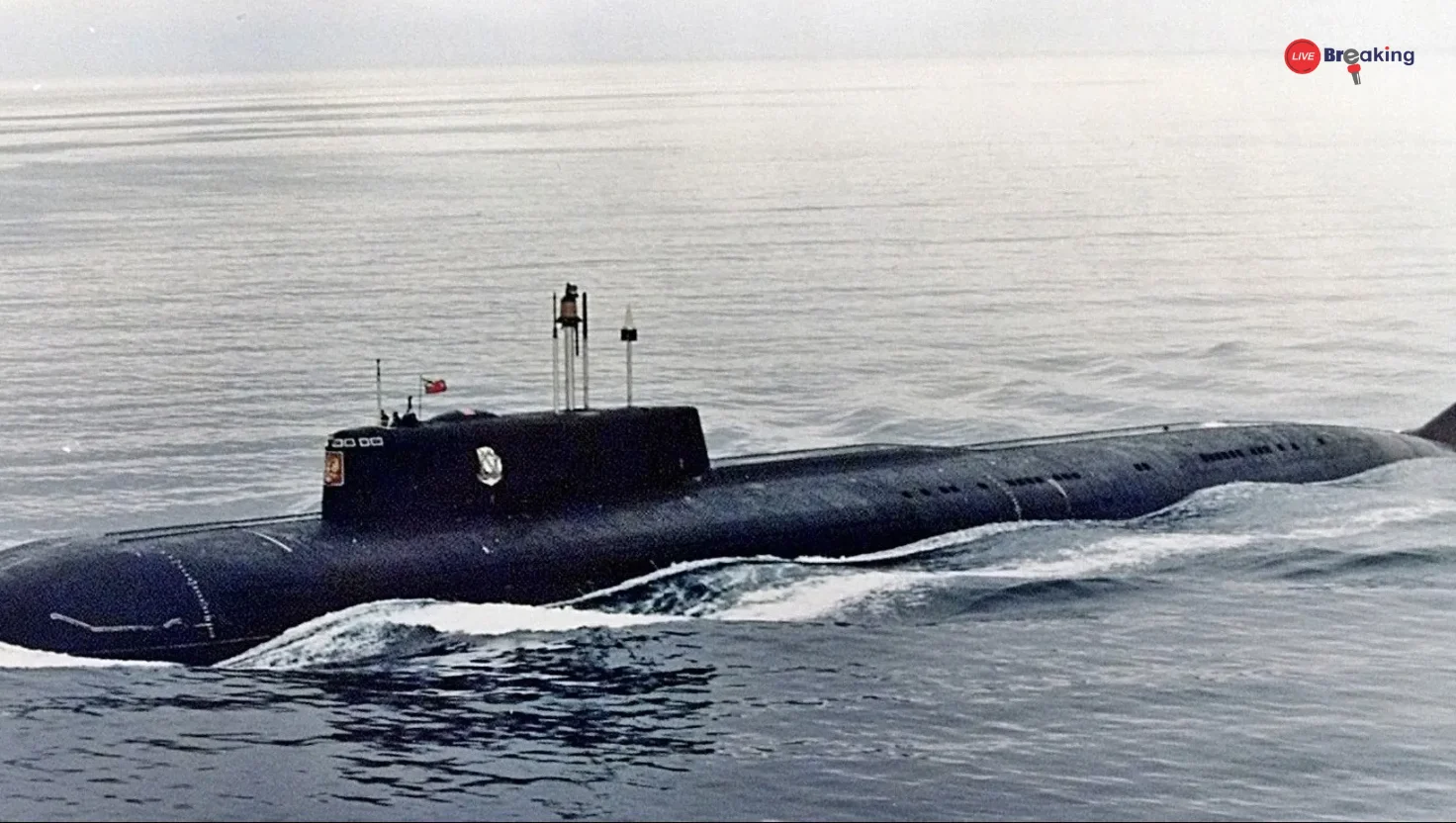Cold War Below Sea Level: US and Russia’s Submarine Rivalry Resurfaces
The oceans have long served as silent battlegrounds where submarines, unseen and unheard, patrol the depths with deadly precision. Today, the race for underwater supremacy is fiercer than ever—led by two of the most powerful military forces in the world: the United States and Russia. While both nations boast vast submarine fleets, the real question remains—who truly rules the depths?
A Tale of Two Titans
Submarines have become a critical part of modern warfare and strategic deterrence, with nuclear-powered vessels capable of staying submerged for months and launching devastating attacks from beneath the ocean’s surface. The US and Russia, inheriting Cold War-era ambitions, continue to invest heavily in these undersea giants.
The United States Navy operates the world’s largest and most technologically advanced submarine fleet. It includes more than 68 operational submarines, with a mix of nuclear-powered ballistic missile submarines (SSBNs), attack submarines (SSNs), and guided missile submarines (SSGNs). The backbone of the US strategic deterrent under the sea lies in its Ohio-class SSBNs, which carry Trident II D5 nuclear missiles—powerful weapons capable of hitting targets anywhere on Earth with pinpoint accuracy.
On the other side, Russia’s Navy has around 58 submarines, including its own nuclear-armed SSBNs, such as the Borei-class, which are equipped with Bulava ballistic missiles. Russia also maintains a strong presence in fast attack submarines and cruise missile capabilities, with the Yasen-class submarines seen as a direct competitor to America’s Virginia-class submarines.
Technology vs Firepower
When it comes to technology, the US maintains a clear edge in stealth, sonar systems, AI-assisted navigation, and submarine acoustics. American submarines are designed to operate quietly, making them harder to detect—an essential advantage in underwater warfare.
However, Russia has focused heavily on firepower and raw underwater speed. Their submarines, particularly the Oscar II-class and newer Yasen-class, carry formidable cruise missiles, including the Kalibr and P-800 Oniks, designed to strike land and naval targets with high precision. In terms of speed and diving depth, some Russian submarines are considered unmatched, such as the K-222 Papa-class (retired) and the K-329 Belgorod, a massive vessel repurposed for special missions and potentially carrying the Poseidon nuclear torpedo—a doomsday weapon capable of triggering radioactive tsunamis.
Strategic Reach and Deployment
The US Navy’s global reach is its biggest advantage. With submarine bases in the Atlantic, Pacific, and overseas territories, American submarines are routinely deployed in international waters, offering both offensive and defensive coverage across every major region.
Read more: Donald Trump: I Don’t Care If India and Russia Collapse Their ‘Dead Economies’ Together
Russia’s submarine operations, while more regionally focused, are increasingly assertive in the Arctic, Baltic, and North Atlantic, leveraging geography and ice-covered waters for strategic advantage. The Kremlin has also modernized many Cold War-era bases in the Arctic Circle, allowing it to project power through stealthy under-ice submarine missions.
Budget, Modernization, and Future Trends
The United States has allocated over $130 billion for developing the Columbia-class submarines, set to replace the Ohio-class fleet starting in the 2030s. These next-generation vessels will carry enhanced stealth, automation, and endurance features.
Meanwhile, Russia is advancing its Borei-A and Yasen-M class submarines, focusing on quieter operations and integrating hypersonic missile technology. However, budget constraints, economic sanctions, and reliance on Soviet-era infrastructure often slow the pace of Russia’s submarine modernization programs.
Read more: Priyanka Gandhi Demands Answers on Pahalgam Security Void
The Verdict: A Complex Balance
So, who rules the depths?
From a technological and global deployment standpoint, the United States currently leads the race. Its submarines are quieter, better networked, and globally positioned. However, Russia remains a formidable underwater force, with unique capabilities, strong firepower, and emerging doomsday technologies that cannot be underestimated.
In the ever-evolving world of underwater warfare, it isn’t just about numbers or firepower—but strategy, stealth, and staying ahead of innovation. And as both superpowers continue to push the boundaries beneath the sea, the battle for undersea dominance is far from over—it’s just getting deeper.















